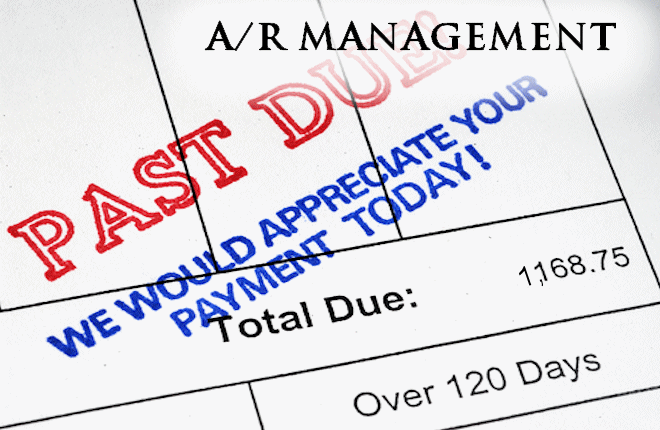Accounting
7 Best Practices Tips for Managing Accounts Receivable
To get a firm grasp on receivables, a business must establish firm processes for inputting invoices, ensure correct contact information for customers or clients, and establish payment terms that may include incentives that can prompt early payment by ...
Mar. 22, 2017

If cashflow is the lifeblood of a small business, then the broader accounts receivable process is the cardiovascular system, ensuring that payments are received for products or services sold. When managed ineffectively, receivables can dry up, or take such a long time to be received that the effect is a lack of funds for even basic operations such as payroll, as well as payables to vendors, taxes and necessary capital improvements.
To get a firm grasp on receivables, a business must establish firm processes for inputting invoices, ensure correct contact information for customers or clients, and establish payment terms that may include incentives that can prompt early payment by customers, or penalties for chronic late payers. Remember to start with the tasty carrot before moving to the stick. For invoice-based businesses, as opposed to payment-on-delivery businesses, strong receivables management procedures will not totally eliminate late payers, so a collections process must also be implemented as a final step, prior to writing off or selling bad debt.
Here are some general tips that can help small businesses stay on top of their receivables, minimizing the aging and, hopefully, ensuring a steady stream of cash into the business.
Process invoices electronically. Whether via email or apps that alert customers to due payments, electronic invoicing is much more efficient than paper-based bills that can get lost in the shuffle of daily work.
Allow online payments. Most online invoicing systems offer electronic payments either through EFT or services such as PayPay, or the customer’s bank.
Implement automatic payments. If a customer has regularly recurring service charges or fees, it may be beneficial for both the client and the business to set up automatic drafts through their financial institution. Customers may also be incentivized (via discounts) to set up the automatic drafts.
Review receivables aging reports. What you don’t know, will hurt you. So keep up with which customers are routinely in the aging lists and work with them to find a way to invoice them more effectively.
Call late payers. Paper-based late notices may be good for documenting your efforts to collect, but they don’t offer evidence of receipt by the customer unless sent via registered mail. Likewise, emails can get lost in spam folders, especially when they are from automated systems. But a phone call is effective, and once the calls start, customers will be more aware of their debt, and usually more responsive.
Incentives and penalties. Here comes the carrot and the stick. Offer early payment discounts such as X%/10 Net 30 (X% off if paid within 10 days, the full balance due in 30 days). Or enforce penalties, which can vary by industry but are usually a percentage of the invoice.
Sell the hopeless AR cases. Businesses can either sell their deadbeat debt accounts to a collection agency or receive a loan against them from a factoring service, often for a small percentage of the face value.
Do you have any additional tips to keep AR functioning efficiently?
